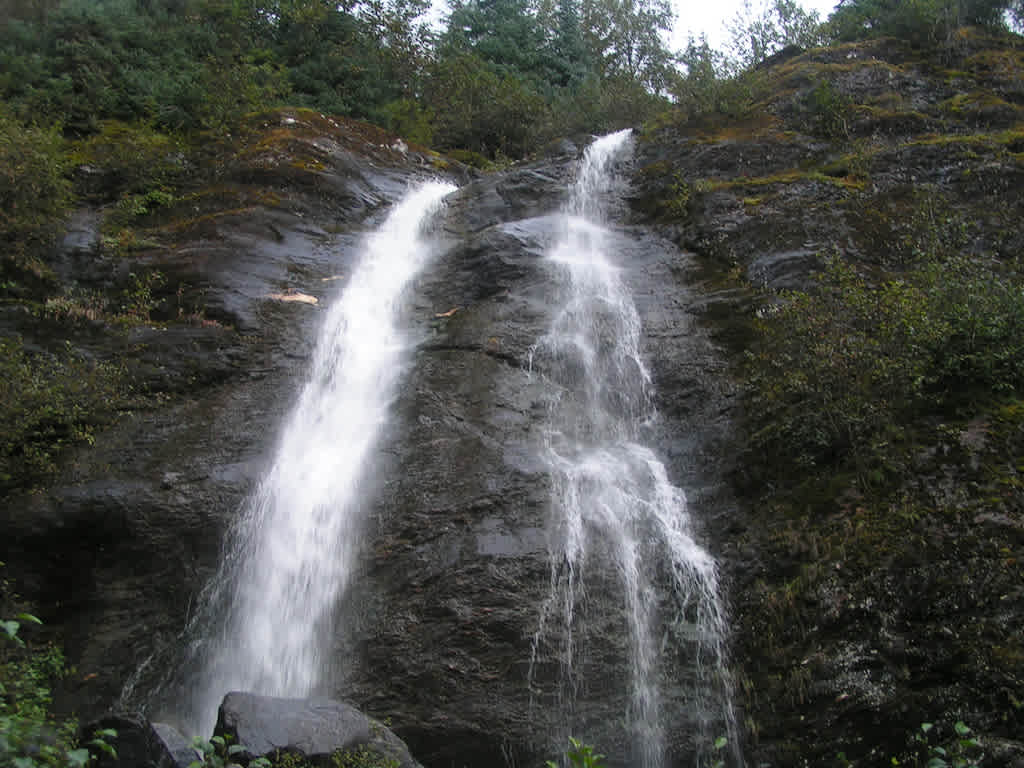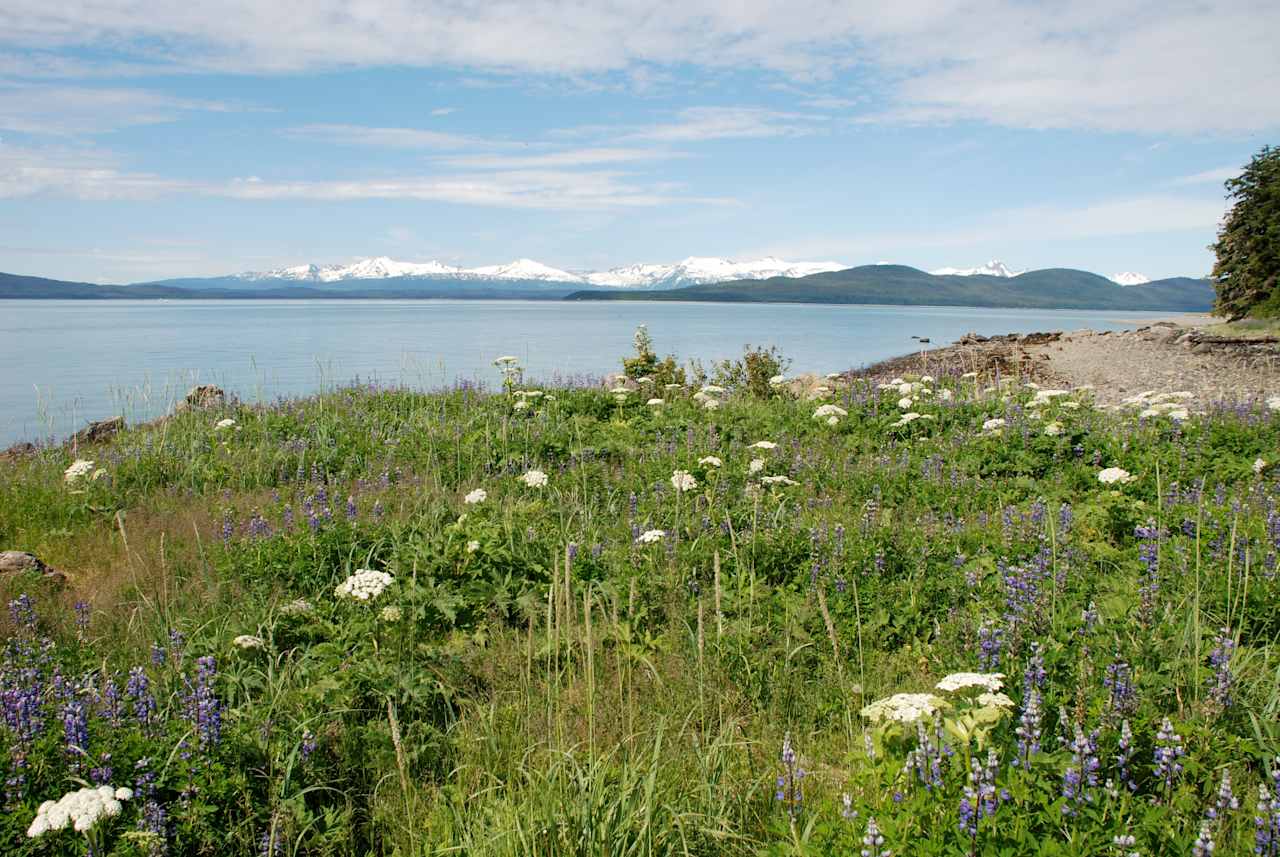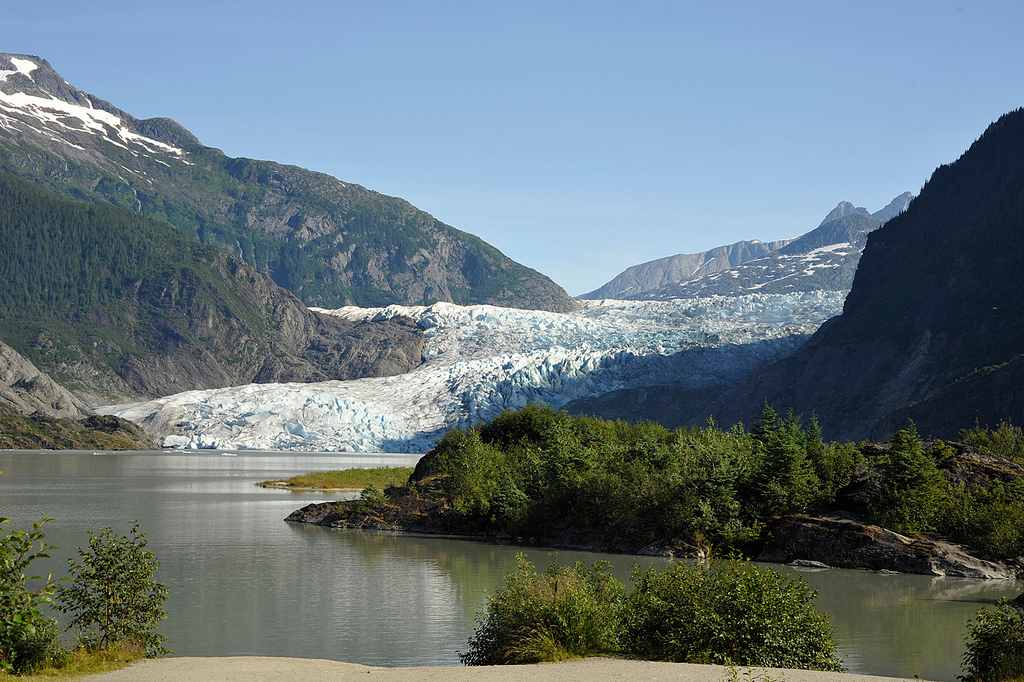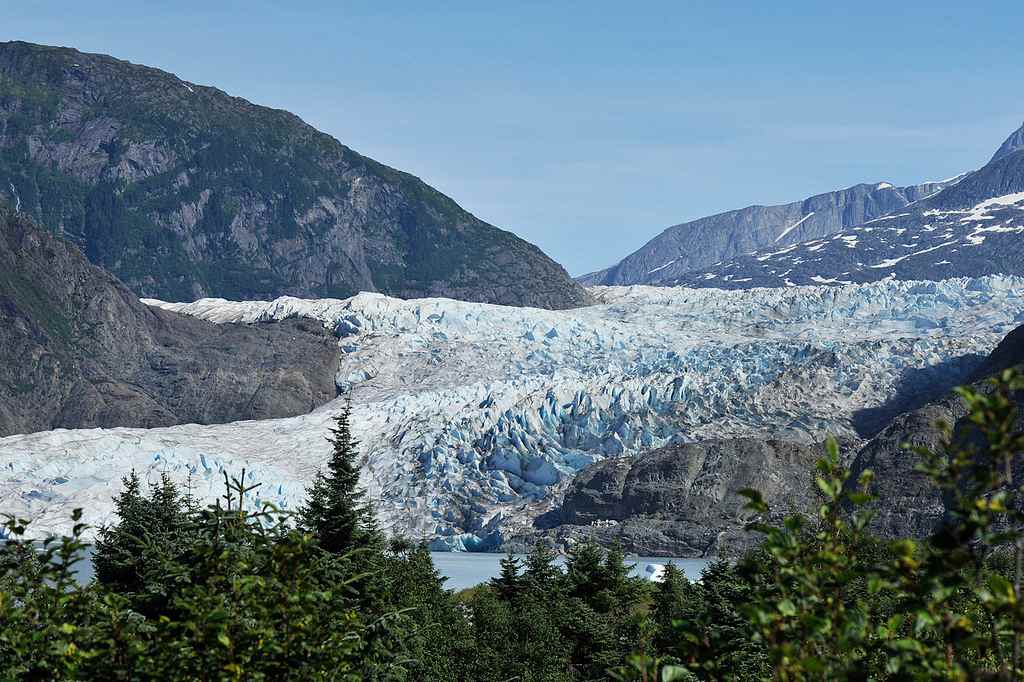The best camping near Tongass National Forest
Discover the most magical spots to pitch your tent or park your rig on your next Tongass National Forest adventure.
You could spend a lifetime exploring southeast Alaska's massive Tongass National Forest.
Popular ways to camp
Public campgrounds in the parkBook externally
Stay at a public campground in Tongass National Forest
The best camping near Tongass National Forest guide
Overview
About
At more than 16 million acres, the Tongass National Forest encompasses a huge swath of southeast Alaska. It’s actually the largest national forest in the United States and is a giant playground for outdoor enthusiasts. If you want to experience small towns, wild coastlines, jagged peaks, numerous glaciers, and exceptional wildlife viewing while camping, the Tongass has it all. Towns like Ketchikan, Sitka, Wrangell, and Petersburg all serve as hubs for the forest, while the area’s remote islands like Prince of Wales also have access-point towns. Exploring by land and watercraft are both popular, as the Tongass’ marine environments, salmon runs, and land-based ecosystems are all interconnected.
Where to go
Explore the Glaciers
Thousands of glaciers exist in the Tongass but a few are noted for being especially large and accessible, including the Mendenhall Glacier, which has a visitor center and tours where you can walk on the ice. Speaking of ice, the Tongass is home to several ice fields that are leftover remnants of the last ice age. Other glaciers worth visiting are the LeConte Glacier, which requires a boat trip from Wrangell, and the Baird, convenient to Petersburg. The impressive Hubbard Glacier is also near Yakutat.
Prince of Wales Island
This remote island is unique because it offers a road system—meaning you can access the area by plane or by ferry from Ketchikan, then rent a vehicle or catch a ride to your destination. Craig is a main hub, but several other small towns serve the area as well. Reservable US Forest Service cabins are popular among campers visiting for the island’s excellent river and lake fishing. Prince of Wales Island also houses numerous black bears and populations of Sitka deer.
Misty Fjords National Monument
Accessed via Ketchikan, the Misty Fjords make up a unique area where steep rock walls and mountains rise from the sea. Lush rainforests add to the dramatic landscape with green foliage covering the mountainsides. There are numerous ways to experience the area and take in its beauty, including boating, hiking, paddling, and flightseeing tours, which offer an incredible aerial perspective.
US Forest Service Cabins
You can’t see the entire Tongass in a single trip, so consider narrowing it down to an area with a comfortable basecamp. The Tongass hosts 150 US Forest Service-managed cabins available for reservation, all of which are remote but keep visitors dry and comfortable between rainforest excursions. Numerous campgrounds and Hipcamps are also available throughout the region, typically visited by those arriving by car or boat rather than RV, as the remote area is not interconnected with a road system.
When to go
The Tongass National Forest is a year-round destination, so timing depends on individual desires. Summer is the peak season for camping, and many visitors come for the salmon and halibut fishing or hiking. Summer is ideal for clear days to see glaciers and peaks. Meanwhile, winter is the slower tourist season, but it does attract skiers with the skills to explore remote mountain peaks or try heli-skiing. Snowshoeing, cross country skiing, and even paddling opportunities are also available in the winter months.
Top parks near Tongass National Forest
- Tongass National Forest

















